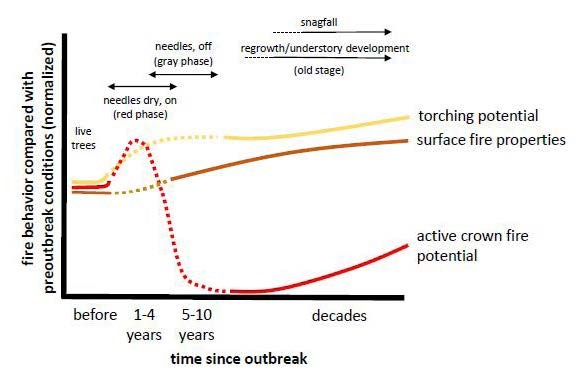Last updated: November 30, 2018
Article
Climate Corner, November 2018

Two New Climate Reports Released
The U.S. Global Change Research Program is recently annonced the release of two major reports, along with accompanying websites:
Fourth National Climate Assessment
NCA4 Vol II, Impacts, Risks, and Adaptation in the United States, assesses a range of potential climate change-related impacts, with an aim to help decision makers better identify risks that could be avoided or reduced. The assessment follows Vol I, the Climate Science Special Report(CSSR), which was released in November 2017. Together, these reports meet the requirements of the Global Change Research Act, which mandates a quadrennial assessment of our understanding of global change and its impacts on the United States. NCA4 Vol II can be viewed on its interactive website at nca2018.globalchange.gov.
2nd State of the Carbon Cycle Report
SOCCR2 represents an important technical contribution to USGCRP’s sustained assessment process. The report provides an overview of how human and natural processes are affecting the global and North American carbon cycle, emphasizing advances in the understanding of carbon cycle science and associated human dimensions. Read the report at carbon2018.globalchange.gov.
Conifer Mortality in California: Fire Risk and Dead Tree Management

Redrawn from Hicke and others (2012)
Estimates are that California has over 100 million dead trees in its forests, largely as a result of drought and bark beetle infestations. This recent article in Fire Management Today looks at the effects of climate change, specifically drought and fire return intervals, on the state’s forests and how beetle outbreaks and the large number of dead trees play into fire risk.
Interestingly, the authors concluded that "…dead trees per se do not increase the likelihood of fire occurrence; weather and climate are primary factors influencing fire occurrence and behavior."
They also note that fire risk—and especially canopy fire risk—varies as trees go through the different stages of death: “red” where they still have needles, “gray” when the needles fall, and “old” when stems fall and decomposition is underway, but also when new trees may be growing up into the canopy.
Each phase carries its own kinds of fire risks. The risk of crown fire goes down once a tree drops its needles, but then can go back up again if regrowth provides a ladder from the increased amount of fine fuels on the ground. Cutting dead trees can also elevate forest floor fuel loads, but can improve fire fighter safety (fewer trees falling in a fire) and help protect structures at the urban-wildland interface. Further complicating the situation is the fact that all three of these phases of tree death can be happening in a stand at the same time. Add on to that the varying effects of drought, beetles, and altered fire return intervals, and the authors conclude that forest management choices are "nuanced" and not always the same everywhere.
Read more in the full article.
